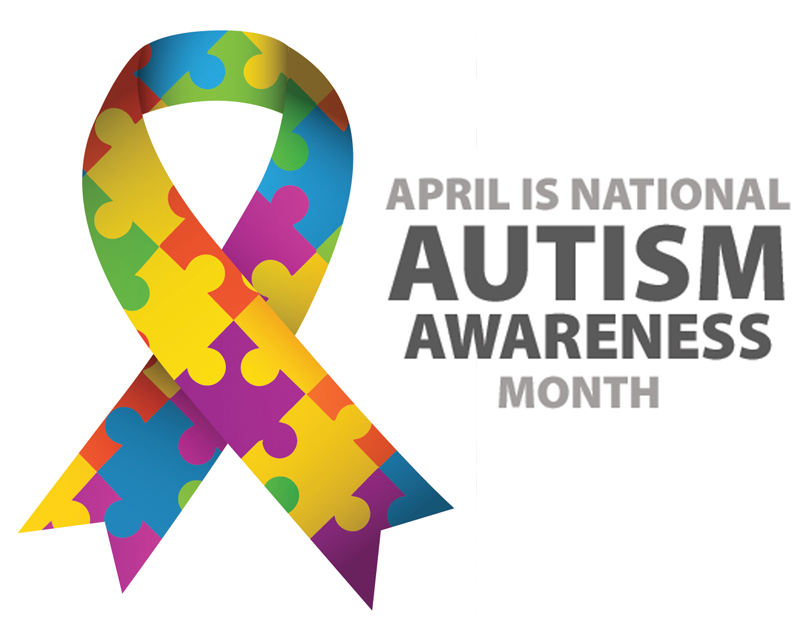By Sivonna Stringham, Resident in Counseling
Over the last decade autism has been studied. In 1912, the term autism was defined by Paul Bleuler, a Swiss psychiatrist. Although autism has been around for a long time (longer than 1912), people still don’t fully understand what it means, which is why it falls under a “spectrum.” According to autismspeaks.org, autism is a “broad range of conditions characterized by social skills, repetitive behaviors, speech and nonverbal communication.” According to The Autism Society, autism can look like, “complex, lifelong developmental condition that typically appears during early childhood and can impact a person’s social skills, communication, relationships, and self regulation.” People that are diagnosed on the spectrum are going to be impacted differently… Why? Because everyone is different and will respond differently to stimuli.
The month of April, specifically April 2nd, was determined to bring awareness to autism and advocate for resources for those that have been diagnosed with it. In 1972, the Autism Society wanted to bring more awareness to the diagnosis, especially in children, so they created the first week of April as the Autism Awareness Week. The signs of autism that are more widely known are: bluntness (which can be interpreted as rude and disrespectful), lack of/limited eye contact (also a signal for disrespect), stimming/repeated movements and/or verbal cues, sensory stimulation etc.
There are different screening tools used to diagnose people with autism, especially based on age range. For children ages 16 to 30 months, the Modified Checklist for Autism in Toddlers, Revised (M-CHAT-R) is used, for 12 to 60 months there are the Social Attention and Communication Surveillance, Revised (SACS-R) and SACS-Preschool (SACS-PR), for school age the Social Challenges Screening Questionnaire (SCSQ), and ages 16+ the Autism Spectrum Quotient is available (autismspeaks.org). These are not the only tools available for diagnosis, just what is primarily used. Unfortunately, there are still flaws with some of the screening tools, such as race and gender identity. The screening tools that have been created were done so testing Caucasian cisgender men, meaning anyone outside of that piece of the spectrum of humanity (yes, including BIPOCs, females, non-binary folk) are less likely to be diagnosed because of what is considered “societal norms.”
The main thing with autism is to learn what you can. The information is out there. If you know anyone that has been diagnosed being on the spectrum, ask them how you can best support them. Remember, everyone is different and will have different experiences. Some books that can also be really helpful to learn more are, Unmasking Autism by Devon Price, PhD, (who identifies as non-binary and is on the spectrum) and Untypical: How the World Isn’t Built for Autistic People and What We Should Do About It by Pete Wharmby.
What does it mean to be on the spectrum? Nothing necessarily. The only difference between people on the spectrum and people not on the spectrum is perspectives—the lens people view life and situations they encounter.
References:

